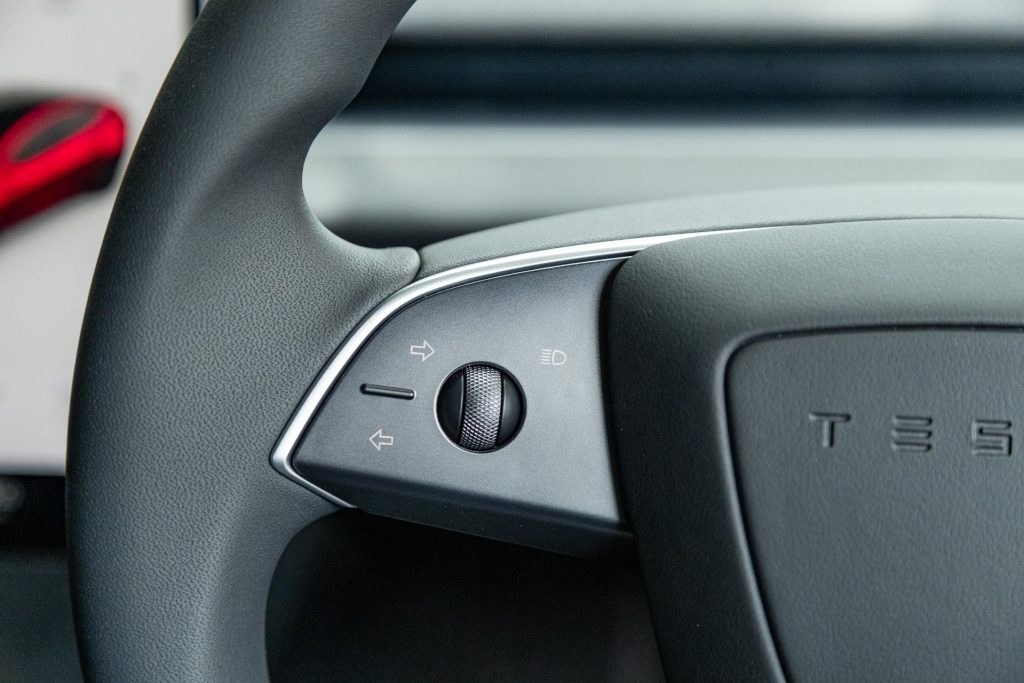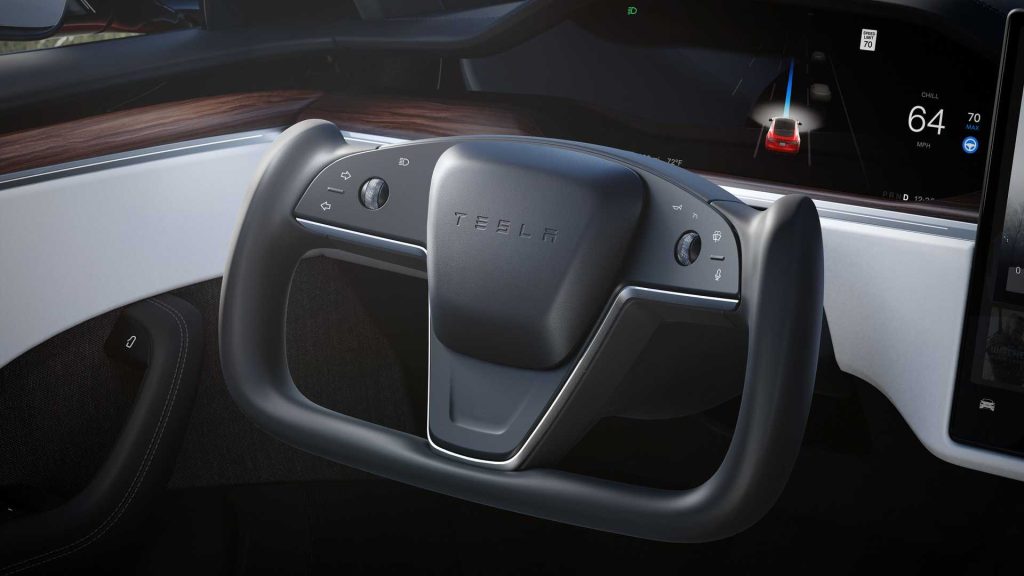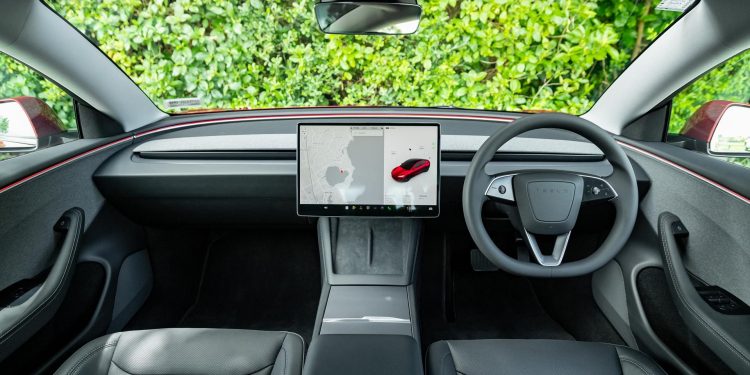Tesla backtracks on stalkless cabins
Tesla is partially reversing one of its most controversial design decisions, reintroducing steering column stalks to the Model 3 – at least in China.
The American EV maker removed indicator and gear selector stalks from the Model 3 in 2023, moving their functions onto the touchscreen and steering wheel controls. While the move was billed as part of Tesla’s push toward simplicity, not all owners warmed to the change. Trying to use the indicators while also turning, as you would do when negotiating a round a bout, proved troublesome.

Now, new Model 3s delivered in China will once again feature a turn signal stalk as standard. Existing owners will also be able to retrofit the part through Tesla Service Centres for a fee of 2,499 yuan (around NZ$350). Eligibility begins with cars built after 7 February 2025, with earlier vehicles to follow at a later date.
Read more 2024 Tesla Model 3 RWD review
For now, the retrofit is only confirmed for China, with no word on availability in the United States or other markets. Some aftermarket solutions already exist, ranging from stick-on units to fully integrated steering column conversions, catering to drivers who miss the convenience of a physical stalk.
The debate isn’t limited to the Model 3. Tesla’s wider line-up has also been affected by the company’s stalk-free approach, with none of its current US models featuring a traditional gear selector. The updated Model Y is the only Tesla sold globally with a turn signal stalk fitted as standard.

This is not the first time Tesla has walked back a bold design experiment. In 2021, the refreshed Model S launched with a futuristic yoke steering wheel, with CEO Elon Musk insisting at the time it would be the default setup going forward. Just two years later, Tesla reinstated a conventional round wheel as standard, relegating the yoke to a NZ$1,600 option on the high-performance Model S Plaid and Model X Plaid.
Tesla has long prided itself on challenging automotive conventions, but its latest U-turn highlights that not all drivers are ready to abandon tried-and-true ergonomics. After all, stalks have been around for decades for a reason: they’re simple, safe, and they work.





